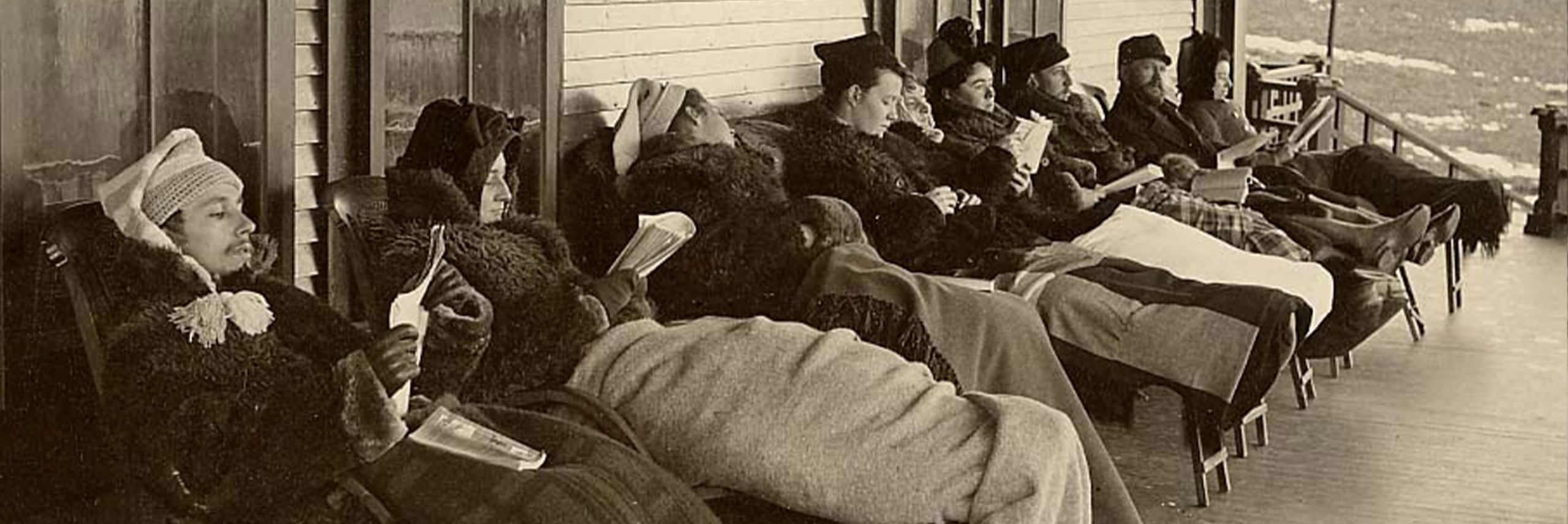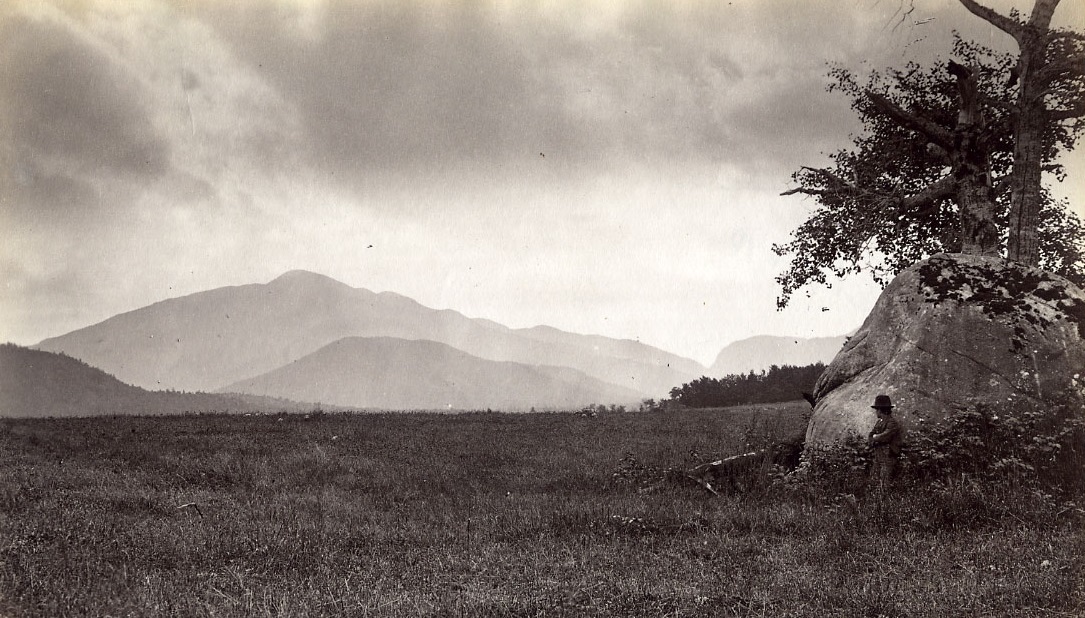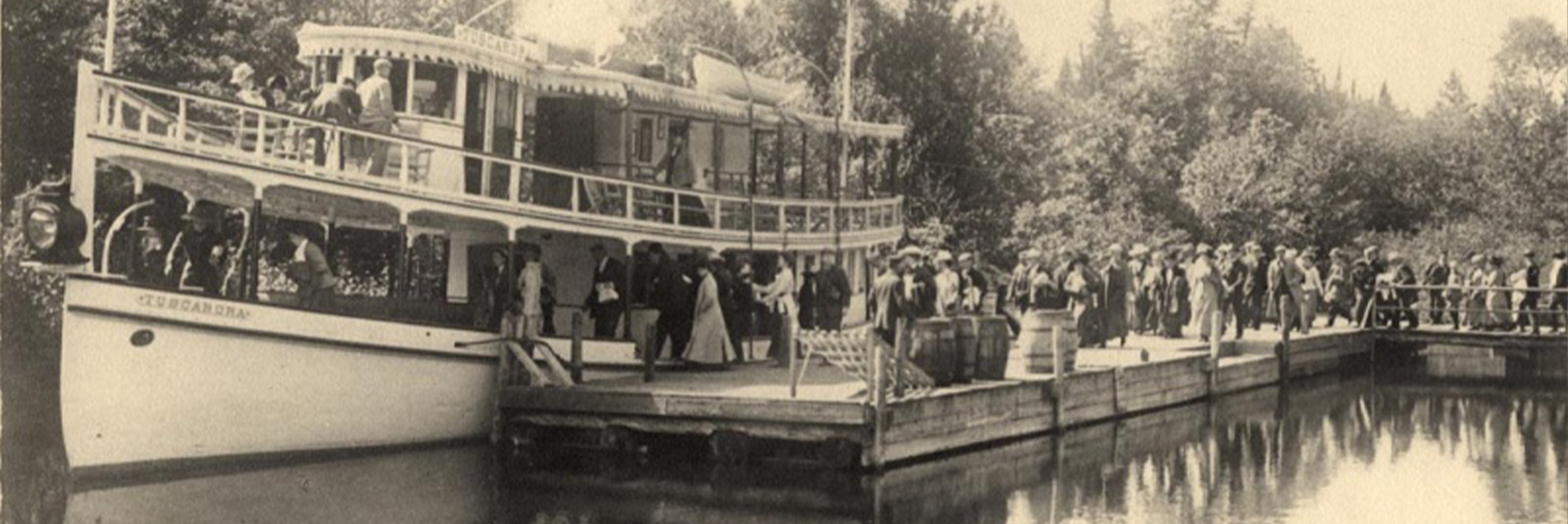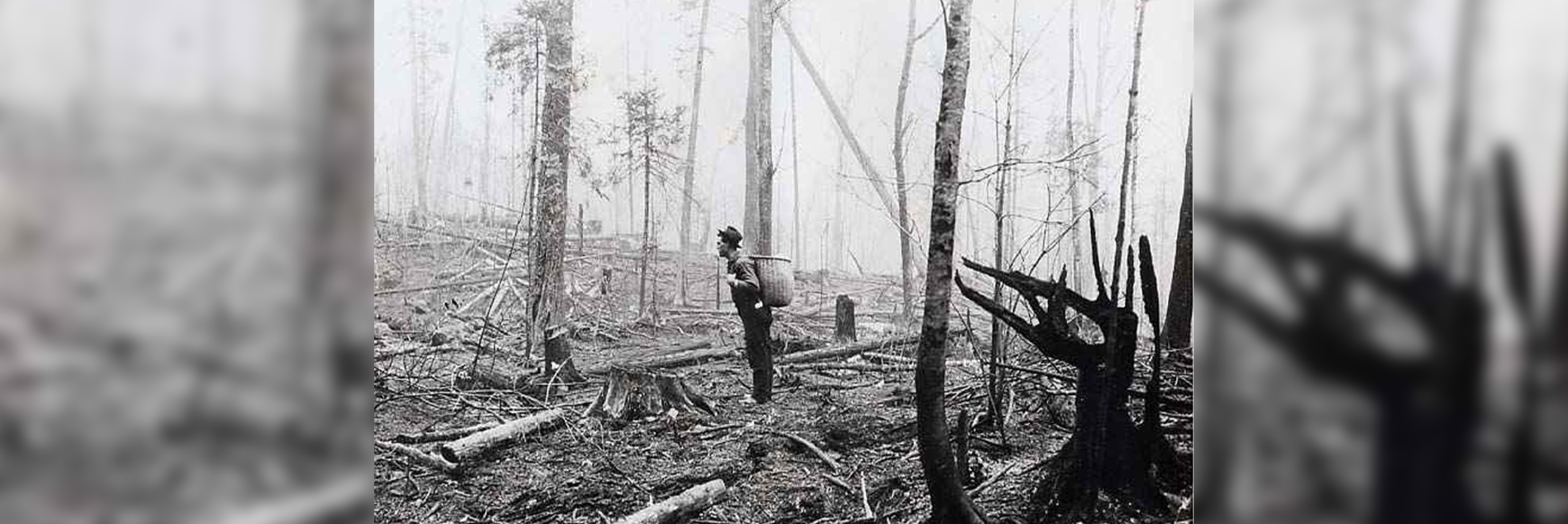Abenaki People in the Adirondacks - Mitchell Sabattis
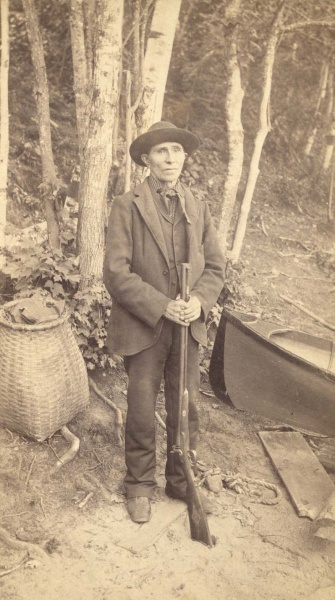
Mitchell Sabattis, Abenaki Farmer, 1855
By guest writers Christopher Roy & David Benedict, 7 June 2009
While most people associate Abenaki people with the Odanak reserve on the banks of the St. Francis River in Quebec, Abenaki history is just as rooted in the Adirondack Mountains.
No Abenaki has figured as prominently throughout the history of the Adirondack region as Mitchell Sabattis (1821-1906). Famous guide and highly respected resident of Long Lake, New York, local history and old newspaper accounts are full of tales of Sabattis’ impressive knowledge of the natural world, of his wealthy clients, of the deer, panthers, and moose which he hunted, and of the impressive age which his father, Captain Peter, was reported to have attained (111 years).
His devout faith and sobriety have also been noted, often alongside a comment about his intemperance as a younger man. Rarely is much attention given to Mitchell Sabattis’ career as a farmer.
In his book, The Hudson: From the Wilderness to the Sea, Benson Lossing described the Sabattis property in “the old settlement of Pendelton, in the town of Newcomb, N.Y….between the head of Rich’s Lake and the foot of Harris’s Lake.” Lossing reported that in 1859 Sabattis “owned two hundred and forty acres of land, with good improvements.” Lossing’s tone was complementary — he clearly thought highly of Sabattis and his family — but provided little detail about Sabattis’ day-to-day life when he was not guiding.
Likewise, Lucius Chittenden wrote little of the family’s house and farm in Newcomb aside from its mortgage (which he acquired to save the family home). Chittenden’s account is associated with recollections of an 1846 sojourn in the Adirondacks, although some details of his account do not support such an early date (including a claim that young son Charles, then approximately two years old, was guiding the following winter). We do learn, however, that Sabattis hunted extensively to provide for his family and that the family took in boarders at some point after Chittenden’s visit.
A more complete (and reliably dated) accounting of the Sabattis farm is provided by the 1866 New York State Census. On June 4, 1855, the home of “Mitchael Sabbatus” was the fifth house enumerated in the town of Newcomb. It was a framed house worth $100 (four times the value of the log cabin where his brother-in-law and mother-in-law lived next door).
The head of the household was “Mitchael,” an Indian born in St. Lawrence County, a farmer, owner of the land, resident in the town for six years. Other family members included his wife, Elizabeth, and children Charles and John, born in Hamilton County, and Louisa, Isaac, and Solomon, born in Essex County.
Here is the agricultural data provided by the census:
Agricultural and Domestic Manufacturing Schedule
Size of Farm:
- 20 acres improved, 140 unimproved
Value of Farm:
- $700 cash value of farm
- $90 cash value of stock
- $50 cash value of tools/implements
Acreage in Production:
- 4 acres plowed the previous year
- 2 acres of oats, 50 bushels harvested
- 1 acre of buckwheat, 12 bushels harvested
- 1 acre of potatoes, 60 bushels harvested
- 0 acres fallow the previous year
- 6 acres pasture the previous year
- 10 acres meadow, producing 3 tons of hay
Other Agricultural Products:
- 5 gallons of maple molasses made
- 80 lbs. of maple sugar made
Animals:
- 1 under one year old
- 1 over one year old exclusive of working oxen and cows
- 2 working oxen
- 1 cow
- 1 cattle killed for beef
- 1 butter cow produces 60 lbs. of butter
- 1 swine over 6 months of age
In 1855, Mitchell Sabattis was a farmer engaged in a variety of agricultural pursuits, growing oats, potatoes, and buckwheat, raising a few animals, producing maple sugar. But this document leaves us with as many questions as it answers.
For instance, given his activities as a guide and hunter, what were the contributions of his wife and children to the family’s agricultural production? Did the family’s landholdings increase between 1855 and 1859, or was Lossing incorrect in attributing 240 acres to the family rather than the 160 recorded on the census? And when exactly did the family-run into the temporary financial difficulty about which Chittenden wrote?
Christopher Roy is an anthropologist conducting research on various Abenaki-related topics throughout the Northeast. David Benedict is an Abenaki family historian and descendant of Sabael Benedict’s son Elijah. They are actively seeking more information about Adirondack Abenaki history — feel free to contact them at caroy@pshift.com or d.benedict@roadrunner.com.


